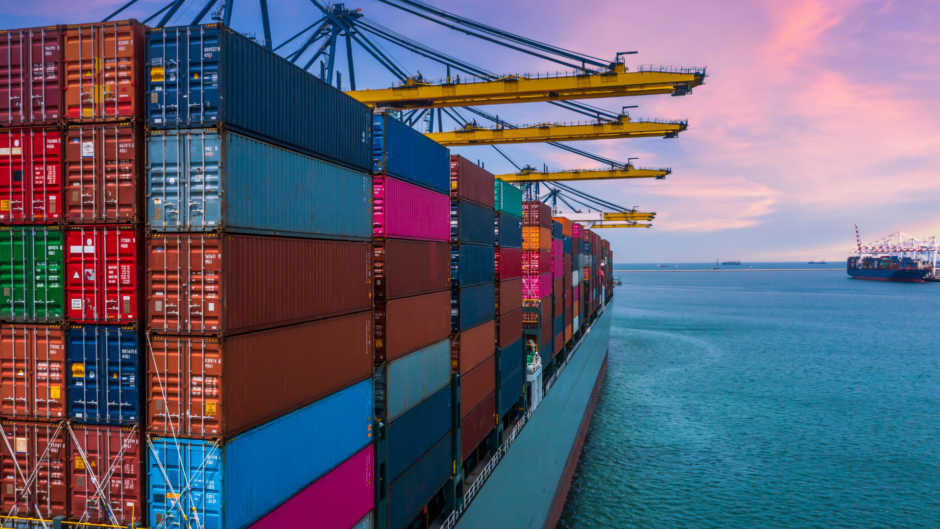In the dynamic and interconnected world of modern commerce, businesses are increasingly looking beyond their borders, embracing the global marketplace’s vast opportunities. This expansion, while exciting, introduces its own set of complexities, particularly in the realm of cross-border shipping. Confronting a maze of international regulations and logistical challenges can seem overwhelming, but with the right knowledge and strategies, these hurdles are surmountable. In this guide, we’ll unravel the complexities of cross-border shipping, providing you with actionable insights to navigate this landscape successfully.
Understanding the Cross-Border Landscape
-
Regulatory Compliance: The Bedrock of Cross-Border Shipping
Embarking on cross-border shipping begins with a deep dive into the world of regulatory compliance. It’s a foundational aspect that can’t be overlooked. To ensure a smooth shipping process, it’s imperative to acquaint yourself with the intricacies of international trade laws. This includes a thorough understanding of customs regulations, import/export restrictions, and any other legal stipulations that apply to your shipments. Staying abreast of these regulations not only prevents costly legal missteps but also streamlines your shipping process, setting the stage for successful international business ventures.
-
Tariffs and Taxes: Navigating the Financial Waters
Tariffs and taxes vary widely across borders. Failure to factor these into your shipping costs can lead to unwelcome surprises. Use reliable transport software to stay updated on the latest tariff schedules and tax rates. This foresight will not only save you money but also ensure smooth customs clearance.
Streamlining Logistics with Transport Software
-
Transport Software: Your Virtual Logistics Partner
In the digital age, leveraging technology is non-negotiable. Transport software like 3G acts as your virtual logistics partner, helping you streamline shipping processes, track shipments in real-time, and optimize routes. This not only enhances efficiency but also provides valuable data for future optimizations.
-
Real-Time Tracking: Visibility Equals Control
One of the primary benefits of transport software is real-time tracking. The ability to monitor your shipments as they move across borders provides unprecedented visibility. This not only allows you to keep customers informed but also enables swift intervention in case of any hiccups in the shipping process.
The Human Touch in Cross-Border Shipping
-
Communication is Key: Building Strong Relationships
In the world of cross-border shipping, effective communication is the glue that holds everything together. Establish open channels with your shipping partners, customs officials, and, most importantly, your customers. Being transparent about potential delays or issues fosters trust and helps manage expectations.
-
Cultural Sensitivity: Navigating Uncharted Waters
Crossing borders means encountering diverse cultures. Understanding and respecting the cultural nuances of your target markets can make a significant difference. From packaging design to communication styles, a culturally sensitive approach can help you avoid unintended missteps.
Overcoming Common Challenges
-
Packaging Matters: Protecting Your Cargo
Cross-border shipping subjects packages to a myriad of handling conditions. Robust and protective packaging is not just a formality; it’s a necessity. Consider the fragility of your items and choose packaging materials accordingly. A well-packaged product not only reaches its destination intact but also speaks volumes about your commitment to quality.
-
Customs Documentation: The Devil in the Details
Accurate and complete customs documentation is the lifeblood of cross-border shipping. Any discrepancies or missing information can lead to delays and fines. Leverage transport software to generate error-free customs documents, ensuring a smooth journey through customs checkpoints.
Staying Agile in a Dynamic Environment
-
Flexibility is the Name of the Game
The world of international shipping is dynamic, with unexpected challenges lurking around every corner. Cultivate a mindset of flexibility and adaptability. Having contingency plans for potential disruptions, such as geopolitical events or natural disasters, ensures that your supply chain remains resilient.
-
Continuous Learning: The Road to Mastery
Cross-border shipping is a learning journey. Stay abreast of industry trends, technological advancements, and changes in regulations. Attend workshops, engage with industry forums, and foster a culture of continuous learning within your organization. The more informed you are, the better equipped you’ll be to navigate the evolving landscape.
Final Tips
-
Environmental Responsibility: Greening Your Supply Chain
In the age of heightened environmental awareness, incorporating sustainable practices into your cross-border shipping is not just a choice; it’s a necessity. Evaluate your supply chain for opportunities to reduce carbon emissions, minimize packaging waste, and opt for eco-friendly transport options. Consumers increasingly value environmentally conscious businesses, and your commitment to sustainability can set you apart in the competitive global market.
-
Data Security: Safeguarding Sensitive Information
In the digital era, data security is a paramount concern. With the extensive use of transport software and online platforms in cross-border shipping, safeguarding sensitive information is critical. Invest in robust cybersecurity measures to protect customer data, financial transactions, and proprietary business information. A breach not only jeopardizes your operations but erodes the trust of your customers and partners.
In Conclusion
Cross-border shipping may be complex, but with the right strategies and tools, it can be a rewarding endeavor. By prioritizing regulatory compliance, harnessing the power of transport software, incorporating the human touch, overcoming common challenges, and staying agile, you can set your business on the path to cross-border shipping success. So, gear up, embrace the challenges, and let your products traverse borders seamlessly. Happy shipping!





